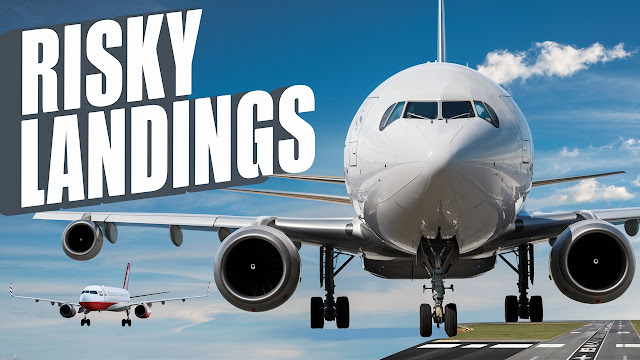FAA Initiates Audit Of Runway Incursion Risks At Top 45 US Airports
The spate of near-miss incidents in some of the busiest United States airports sparked a comprehensive Federal Aviation Administration, FAA, audit on runway incursions. 45 Major US Airports Under Review The FAA announced it was launching the audit to review runway incursion risks at 45 of the nation's busiest airports Tuesday, Oct. 15. The decision comes amid growing concern after several close-call incidents across the United States, including a near-disaster at Nashville International Airport, or BNA, in Tennessee. Air traffic controllers at the time cleared an Alaska Airlines jet for departure down a runway where a Southwest Airlines flight had been cleared to cross. It also tends to carry out a risk profile for each airport through an analysis of the existing procedures, equipment, and operating processes at those airports. That makes the audit look out for weaknesses in recommending improvements which will go into a report that it will share by early 2025. FAA's Traffic S...




Comments
Post a Comment